Please add image or text logo
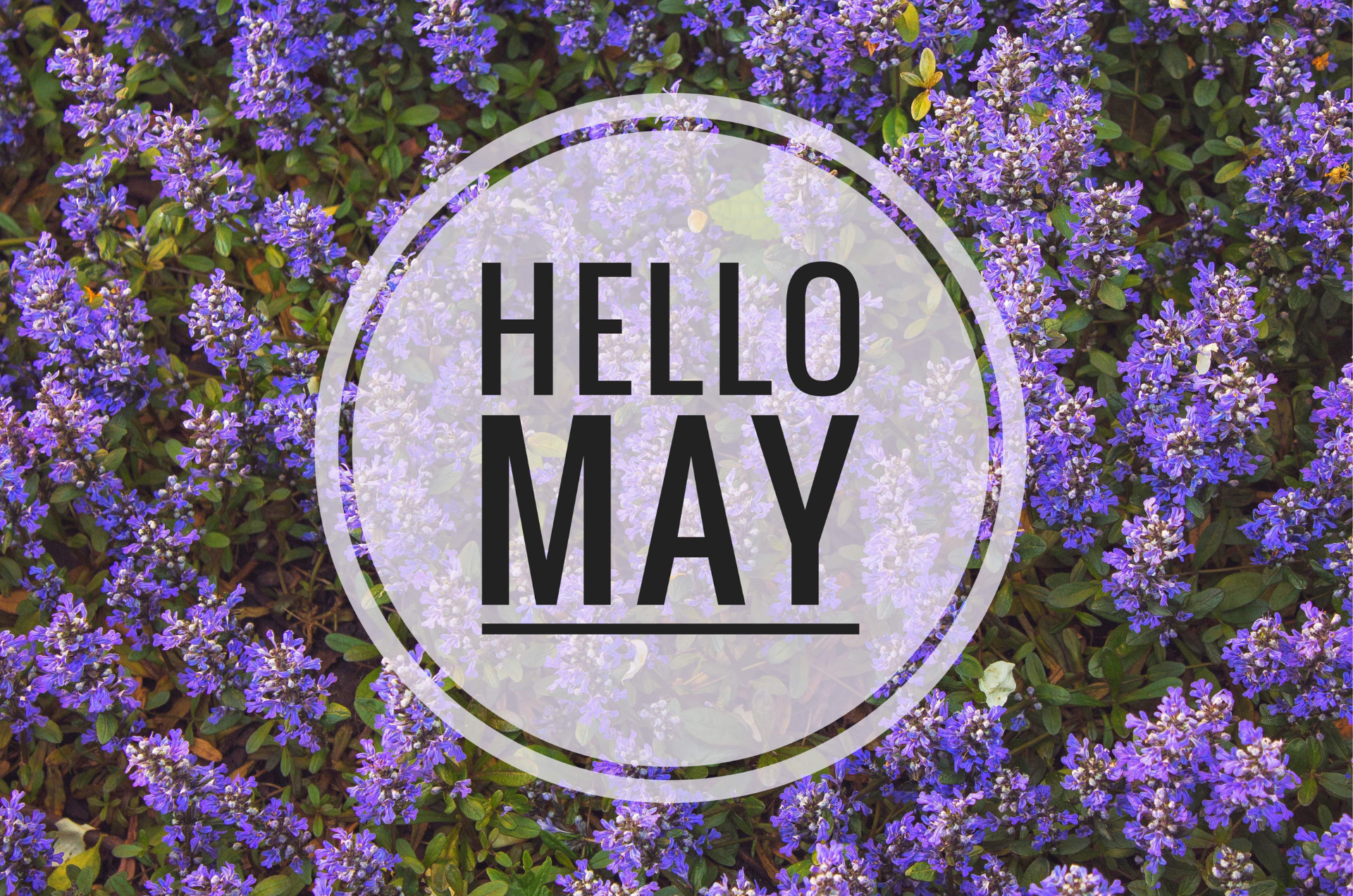
Here is our monthly round-up of news, top-tips and ideas to make the most of your garden this May!
The arrival of May can only mean that summer is just around the corner! May delivers a welcome splash of colour to the garden as lush greenery and budding flowers burst into life.
Whether you’re planting, pruning, or simply preparing your space for summer, there’s plenty to be done in the garden this month!

Both of our centres will be open as usual, every bank holiday Monday in May, under the following hours:
Weekdays: 08:00 – 17:00
Saturday: 08:30 – 17:00
Sunday: 10:00 – 16:00
Weekdays: 08:00 – 17:00
Saturday: 08:30 – 17:00
Sunday: CLOSED
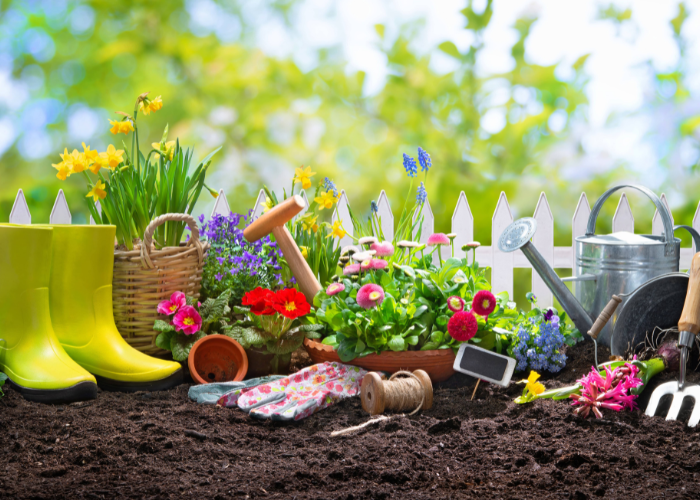
• Ventilate your greenhouse – On warmer days, open greenhouse vents to allow greater air flow. It is unlikely to be warm enough to leave them open on an evening, however. As it gets warmer, using netting, shutters, or shade paint to protect plants against strong sun can also be beneficial.
• Prune – There are several plants that benefit from pruning in May: lilac, choisya, cherry laurel, hibiscus, and chocolate vine. You can pick up secateurs and protective gloves from our centres!
• Plant potted single late tulips outdoors – There are around 2,500 varieties of ulip that have been grown in Britain, but Group 5 – the single late tulips – are renowned for being reliable and easy to grow! Acclimatise your potted tulips to the outdoors by gradually moving them from shade to full sun, then gently remove them from their pot and plant them outdoors in a deep hole, about the size of the container.
• Make compost – Mix vegetable waste, grass clippings, and brown material (such as leaves and torn paper) into a compost bin to make your very own potting mix or soil conditioner.
• Keep herbs growing all season – Now is a good time to split pot-grown seedlings, using a richer compost (either in a container or in the garden) and allowing more root room to keep them growing.
• Save your spring bulbs – Take out pot-grown bulbs and lay out on a tray until the foliage dies back. The leaves will now easily separate from the bulbs and can be composted, while the bulbs should be stored somewhere cool and dry until autumn.
• Dig out lawn weeds – Remove weeds but avoid using harsh chemicals where possible.
• Protect fruit – Add netting to soft fruit to protect it from squirrels and birds.
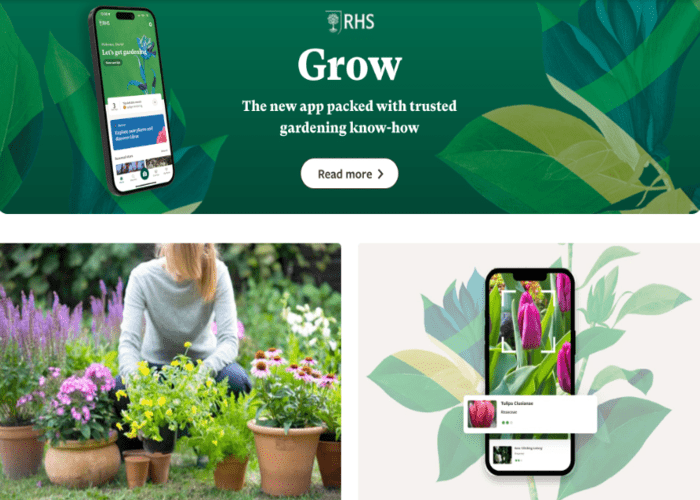
The RHS Grow app is an absolute must for any keen gardener, allowing you to identify unknown plants, keep track of all your greenery and get the best information surrounding plant care.
This spring, The Royal Horticultural Society are introducing new features to the app to enhance your gardening experience.
• The new Plant Combination Builder – This new feature will help you find plants that look good and grow well in your garden, helping you create harmonious spaces easily.
• Collection personalisation – Soon you will be able to add your own images to plant profiles to further personalise your collections.
• Improvements to search – The planned updates will make it easier and faster to find the perfect plants for your garden.
Download the app today! Find out more here.
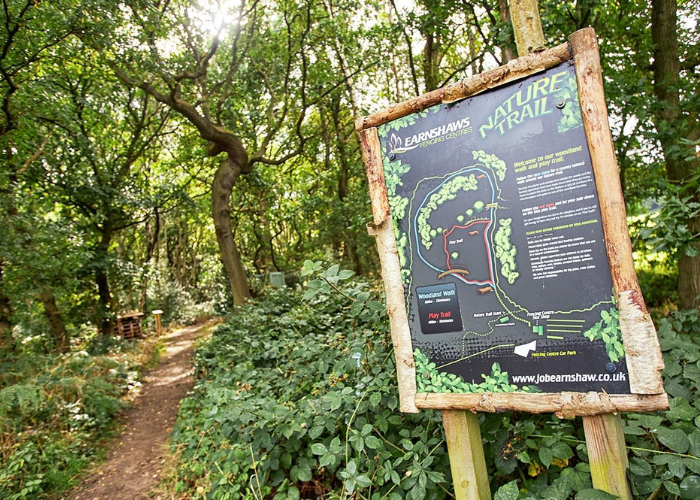
Yorkshire is home to a rich variety of woodlands, each playing a crucial role in supporting wildlife and strengthening climate resilience.
As the days get longer, a spring woodland walk is one of the best ways to enjoy a wilder Yorkshire!
Why not visit our Midgley centre and enjoy our woodland walk this spring? We have two nature trails of differing lengths at Midgley for you to explore, with historical facts about the area dotted throughout.
Discover the nature-themed fairy trail at Midgley. Let your children run, explore, and learn about local nature.
Each fairy represents a woodland species, with unique wings designed by artist Lanson Moore. Find hidden fairies, discover top tips, and uncover interesting facts along the way.
Stop for coffee, cake or a Yummy Yorkshire ice cream at the Little Acorn.
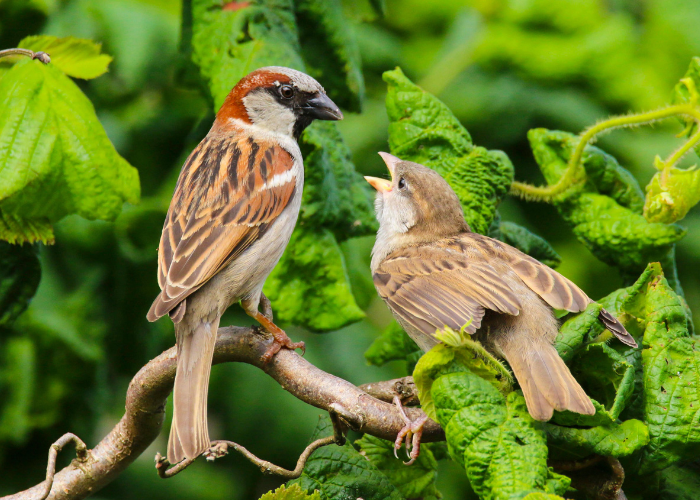
The RSPB Big Garden Birdwatch 2025 results have officially landed! This year, over 9.1 million birds were counted, with 590,000+ nature lovers taking part in the count!
This year, the House Sparrow is celebrating its 22nd year at the top of the Big Garden Birdwatch charts – being spotted 1,211,260 times!
Take a look at the full set of results here.
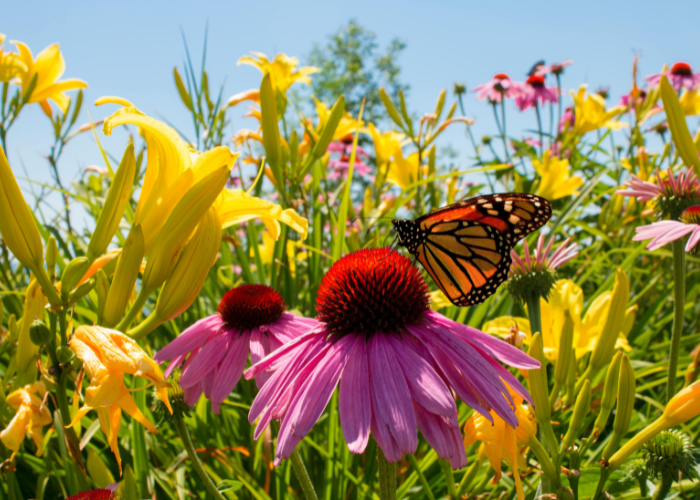
This year, the Yorkshire Wildlife Trust have launched their brand-new wildlife gardening hub – packed full of inspiring ideas for you to make your garden a welcoming and attractive home for wildlife!
Wildlife gardening allows you to do less in your garden, whilst providing a healthier home for birds, butterflies and bees. Why not start by putting up bird boxes and sowing wildflower seeds?
Discover the wildlife gardening hub here.
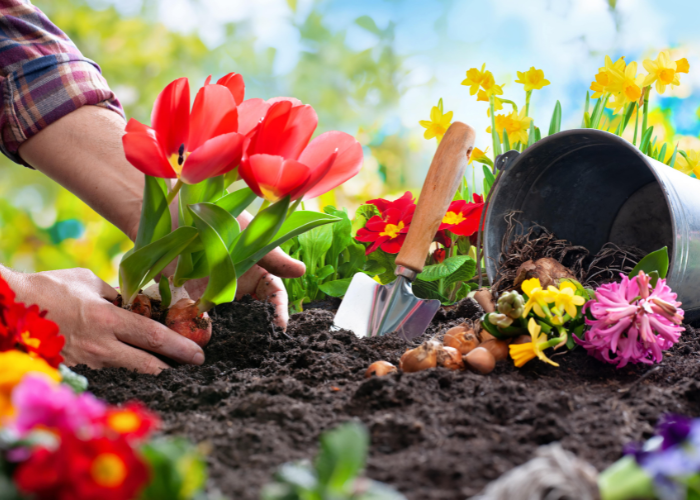
Our centres have a wide range of planters for sale, and great value multi pack offers on composts – so let’s get growing. For novices, or those too scared to ask, here is a quick guide to each type of planting.
• Half-hardy annuals are frost-tender and are usually sown indoors and grown on. Examples such as Cosmos, Nemesia, and Marigolds complete their life cycle in one season.
• Hardy annuals may be sown direct into the soil in spring. They will tolerate frosty conditions without protection. Examples include Alyssum, Calendula, Iberis and Limnanthes Douglasii.
• Hardy biennials complete their life cycle in two seasons. Examples include Alcea (Hollyhock), Dianthus (Sweet William), Erysimum (Wallflower) and Myosotis (Forget-me-not).
• Half-hardy perennials survive for several years, normally flowering from the second season onwards. They are frost-tender, so they can be overwintered, but only if given frost protection. Examples include Bellis (Daisy), Begonia, Pelargonium (Geranium) and Lobelia.
• Perennials are plants capable of survival for at least three years. The term is also associated with herbaceous perennials lasting many years. Examples are Bellis (Daisy), Busy Lizzies and Viola (Pansy).
• Hardy perennials or shrubs last for decades if carefully positioned and cared for. Examples include Erica (Winter-flowering Heather), Euphorbia and Heuchera which offer welcome colour through the winter.
• Summer Bulbs will reappear year after year, bringing a riot of colour and cheer. From gladioli to Dahlias, from Begonias to Callas. Planting summer bulbs and perennial plants in spring means enjoying colour all summer long. Summer bulbs such as Dahlias, Crocosmias and Begonias, can even keep on flowering into the autumn.
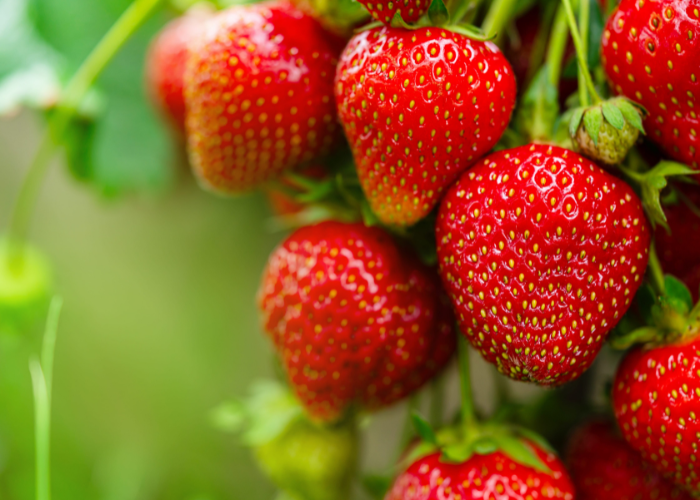
• Mushrooms – Spring planting is ideal for growing mushrooms outdoors on mushroom logs!
• Beetroot – Your summer crop of beetroot can be sewn outside in May.
• Bouquet dill – Water the area and sow the seed directly into 1cm-deep drills, then lightly cover with soil. Keep the soil well-watered. Dill also produces white flower heads which attract hugely beneficial pollinators, including bees and hoverflies.
• Spinach – Sow from early spring to the middle of June.
• Chicory – High in fibre and carotenoid antioxidants, Chicory can be sown outdoors in May for harvest in August.
• Onion & shallots – Can be planted outside as soon as you are confident the last frost has passed.
• Courgette – CFibre, potassium, and folate-rich courgettes can also be planted outdoors in May. Cut when they are about 10cm long, to encourage more courgettes to grow over a longer period, instead of leaving them to grow larger and larger.
• Kale – Ideal for growing in small spaces, kale should be planted outside in May to be harvested in December.
• Carrots – Can be planted outside in loose, sandy soil in May for harvesting in Autumn.
• Leeks – Sew Leeks outside in May for a bumper harvest from September onwards.
• Potatoes – May is the last month ideal for growing potatoes. This staple should be sown outside for harvest between August and September.
• Strawberries – Borders, planters and even hanging baskets are all appropriate places to grow strawberries. Pick a spot that gets around 6-10 hours of sunlight a day.
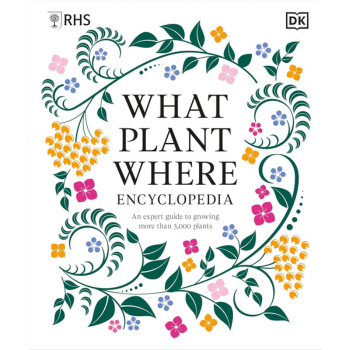
RHS What Plant Where Encyclopedia by The Royal Horticultural Society
Find over 3,000 different plants for every location, style and scenario – this new edition tackles themes of sustainability, resilient plants for a changing climate, and wildlife-friendly planting.
Available from Amazon here.
“The world’s favourite season is the spring. All things seem possible in May.”
– Edwin Way Teale